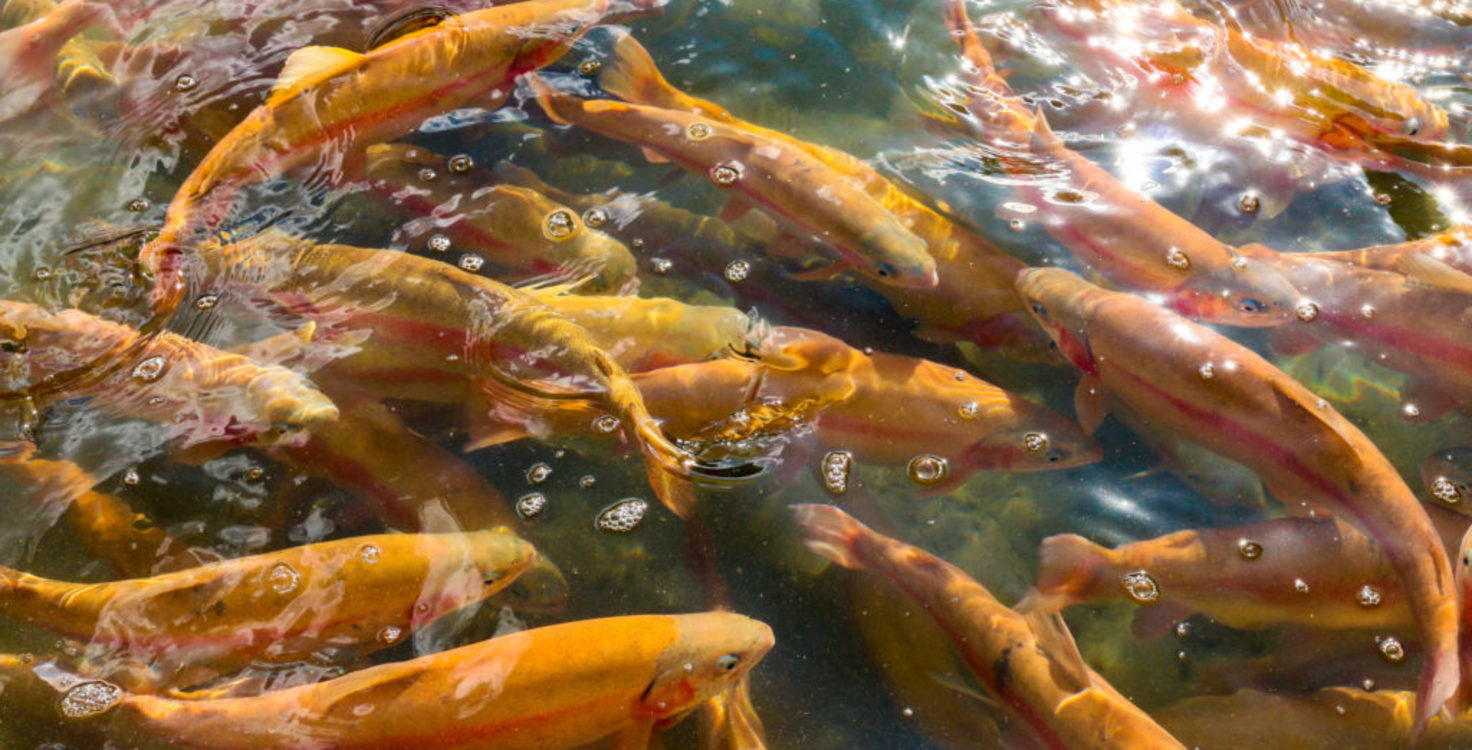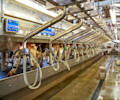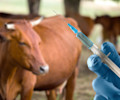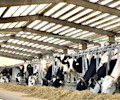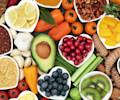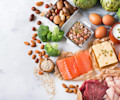The global aquaculture industry is booming, having reached a total farmgate sale value of $263.6 billion in 2018 – an increase of more than 500% since 1990. As with any industry early in its maturation, there are a number of challenges facing the sector but also opportunities to be seized as it evolves and innovates.
Earlier this year, the FAIRR Initiative and some of its Investor Members were fortunate enough to visit some Norwegian salmon farming facilities operated by Grieg Seafood and Leroy Seafood. Here are three key takeaways from our trip on the challenges that need to be overcome and the opportunities lurking on the horizon for the aquaculture industry:
Sea lice solutions are still not well understood
The global salmon farming industry continues to struggle with sea lice infestations, which have had severe economic and animal welfare impacts. Sea lice management is estimated to cost salmon producers 9% of their total revenues each year. This naturally occurring parasite attaches firmly to the salmon and feeds from it. The larvae cause physical damage and stress to the fish, and adversely affects its growth, while severe infestations can lead to mortalities if left untreated.
A number of solutions are in use to protect salmon health, broadly falling into three categories: (1) medicinal treatments to improve salmon resilience; (2) treatments to kill or remove lice from fish; and (3) structural changes to farms that strengthen the barrier between salmon farms and the wider marine ecosystem.
Currently, however, there is no clear-cut solution to sea lice infestations and each treatment comes with its pros and cons. For example, treatments that flush the fish with jets of water are fairly effective at removing lice, but these cause stress to the fish and have negative impacts on their health and welfare while doing little to eliminate the root cause of the problem.
This is an issue that investors should watch closely as companies are now trialling various forms of sea lice management to improve mitigation. However, farm operators have indicated that it is still ‘early days’ in the process of understanding how and why some methods work better than others in different regions. A solution to spiralling sea lice costs still seems a long way off.
The promise of post-smolt facilities: improving fish health outcomes
Salmon farming typically takes place over two sites: eggs are hatched in a freshwater hatchery and once they reach a certain size, they are transferred to coastal marine farms, mimicking the journey wild salmon would naturally take from freshwater lakes through rivers out to sea. However, salmon producers are now investing in the development of smolt facilities rather than transferring them to a land-based system to enable them to grow larger before entering the sea. Experts believe that the size and strength of the salmon will impact their resilience to biological threats, such as sea lice and disease.
This process does not come cheap. Producers hope that the high capital expenditure required to build salmon farms on land can be recouped in reduced mortality and veterinary costs. It is too early to tell in terms of conclusive evidence, but initial results look promising. While production cycles have not been shortened, the use of post-smolt facilities seems to reduce mortality at sea when compared to those transferred immediately from the hatchery. This could signal a major breakthrough for the industry.
As with any new technology, however, there is still plenty for companies to learn to make this a success. Ensuring consistent water quality is an ongoing challenge. At the two land-based farms we visited, staff were constantly monitoring water oxygen levels, acidity, salinity and other quality indicators to find out what the best parameters are for optimum fish health – yet these are still known unknown. There is also likely to be a shortage of human resources, and finding employees with sufficient expertise to manage land-based farms could serve as another barrier to growth.
Data as a driver for welfare innovation
Since aquaculture is a relatively new sector, knowledge of farmed fish welfare lags behind that of livestock. But this could soon change with companies now collecting data on feed consumption patterns, swimming behaviour, as well as water temperature and quality to find out how these factors affect fish development. New digital feeding centres with access to farms’ underwater cameras and real-time environmental data are enabling aquaculture companies to develop the nuanced understanding of welfare that livestock farmers have long since developed on land.
Based on our conversations with salmon producers, this data is not yet informing company strategy, but we are hopeful that it will be on their plate soon. The third edition of the Coller FAIRR Protein Producer Index released last month once again highlighted how aquaculture companies are leading in sustainable protein production. We fully expect to see salmon producers further develop best practices by using data to drive welfare innovation.
FAIRR insights are written by FAIRR team members and occasionally co-authored with guest contributors. The authors write in their individual capacity and do not necessarily represent the FAIRR view.
